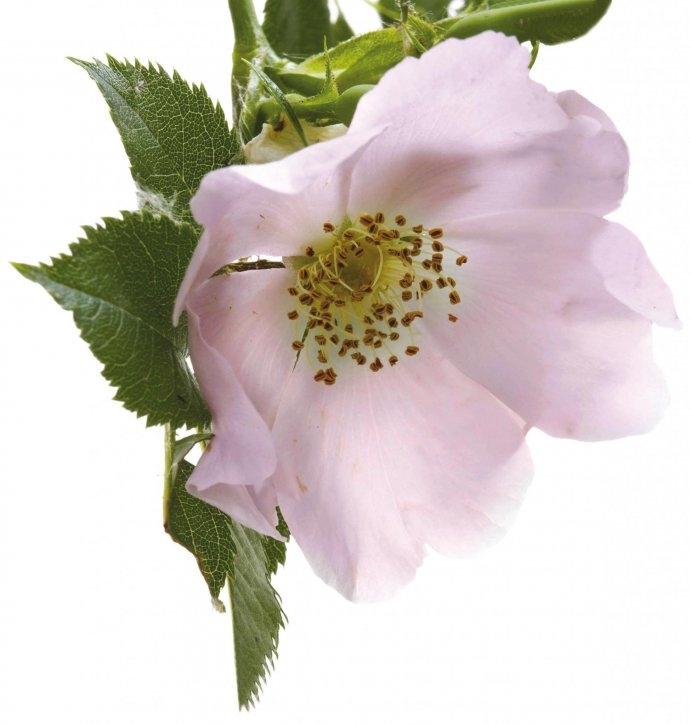Also known as rose gala, French rose or Provins rose, it is a species native to central and southern Europe and western Asia.
It is a deciduous shrub that can reach up to 2 meters in height. It has stinging stems with glandular hairs and pinnate leaves with 3-7 bluish-green leaflets. The flowers, fragrant and deep pink, are grouped from 1 to 4 on glandular pedicels, each flower has 5 or more petals and sometimes form double corolla. The fruits are globose or ovoid and orange-brown when ripe.
The dried petals and flower buds.
Pregnancy and lactation.
No special precautions at the recommended doses.
Not described
No side effects have been described.
-.Monografía de la SEFIT (Sociedad Española de Fitoterapia).
-.Jean Bruneton. Farmacognosia. Fitoquímica. Plantas Medicinales. Editorial Acribia. S.A. 2ª edición.
-.Mariam Puladze, Karen Mulkijanyan, Natela Gogitidze et al. Phytohemical and pharmacological study of Rosa gallica L. georgian cultivar essential oil production waste. GSC Biological and Pharmaceutical Sciences, 2022, 19(03), 213–222.
-.Luis A. Vázquez-Olveraa, Alejandra I. Vargas-Segura et al. Physicochemical characterization of secondary metabolites obtained from the aqueous extract of Rosa gallica. Universidad Autónoma de Coahuila Trabajo en Extenso del presentado en el XXXIII CNQA MFS003, ISSN: 2683-1848
